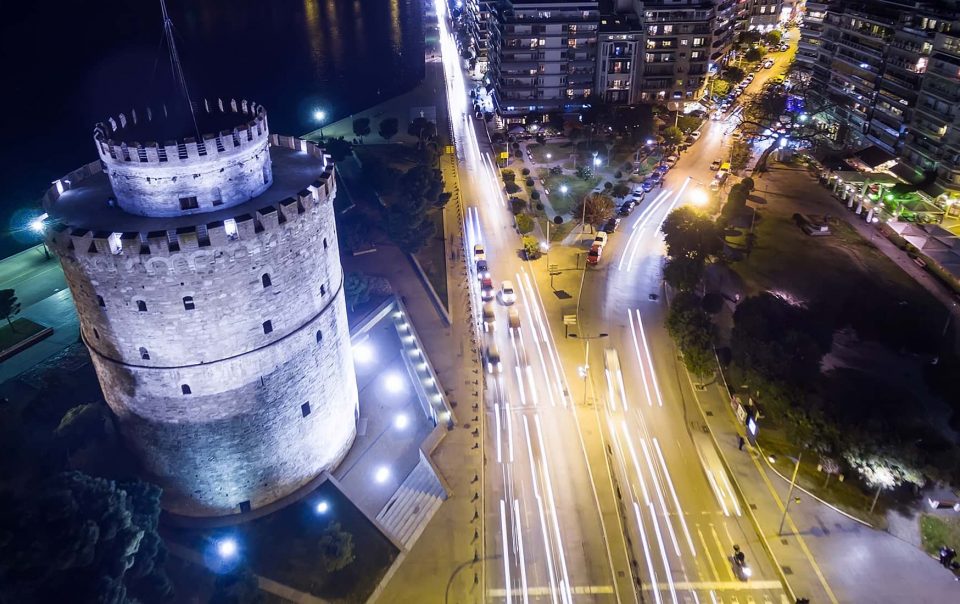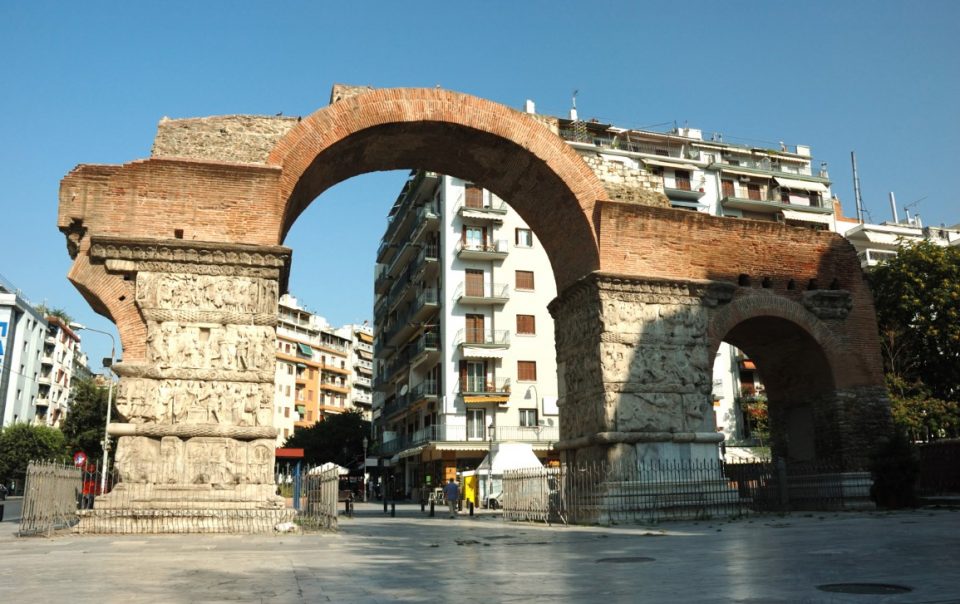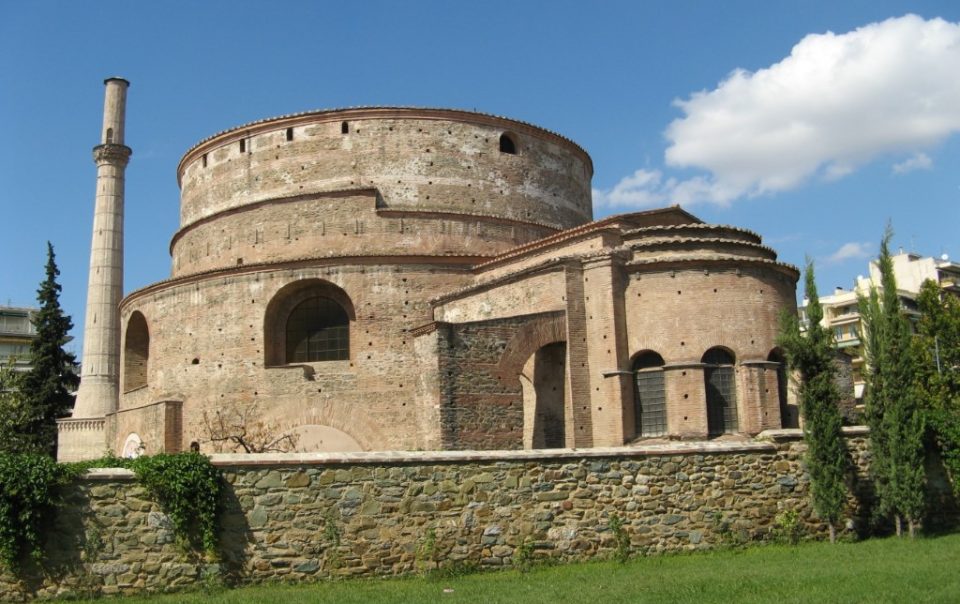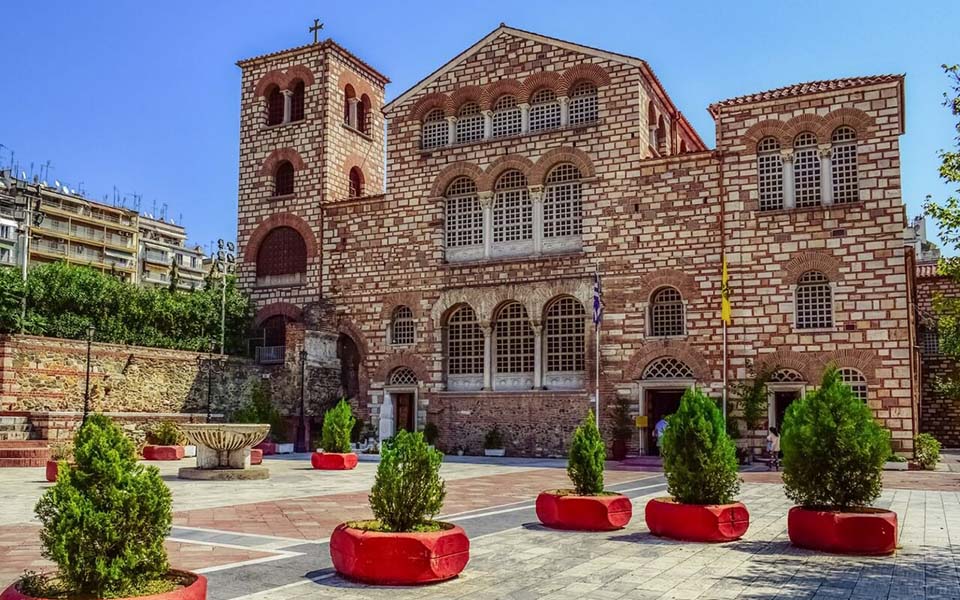Explore Thessaloniki
Beautiful city within your reach
The White Tower was built in the fifteenth century after the fall of Thessaloniki to the Ottomans in 1430. At its location there had been an older tower belonging to Thessaloniki’s Byzantine fortifications, where the eastern wall met the sea wall. The Tower was the eastern end of the sea wall; there was another at the western end, and a third in between.
Over the years, it was referred to by various names: the Lion Tower in the sixteenth century, the Tower of Kalamaria in the eighteenth, while in the nineteenth century we find it with two names, depending on its use: the Tower of the Janissaries when the garrison of Janissaries was stationed there, and the Tower of Blood (Kanle Kule) when it became a prison and place of execution for convicts. In 1880, in his book on the city’s monuments the historian Mihail Xatzi Ioannou called it the Bastille of Thessaloniki, where those condemned to death were slaughtered on its terrace and their blood dyed its walls red, as a cannon shot from the western part of the city signified that the death sentence had been carried out. In 1883, on orders of the Sultan Abdul Hamid II, the Tower was painted white and given the name “White Tower” (Beyaz Kule). We are in the second half of the nineteenth century, an era when the winds of reform were blowing in the Ottoman Empire in the wake of pressure by England, and the Tower with its “bloody” name was not appropriate to the empire’s new character. It was a convict, Nathan Guiledi, who whitewashed the Tower in exchange for his freedom. It has remained with its current name since then. In time it became the symbol of Thessaloniki, since from 1911 it stood by itself on the seacoast following the demolition of the sea and eastern walls and its surrounding wall.

The Arch of Galerius (Kamara) is perhaps the most distinctive and interesting roman structure of Thessaloniki. It is also one of the most popular destinations of the city along with the White Tower for both locals and tourists. The arch was commissioned as a triumphal monument by emperor Galerius in order to celebrate the victorious campaign against the Sassanid Persians in 298 A.D. and the capture of their capital Ctesiphon.
As an excellent sample of the roman monumental architecture of the 4th century A.D., it has wonderfully crafted marble panels on each pillar. They have decorative and narrative characteristics.
The sculpted decoration still impresses, while representations of certain events can be easily viewed and studied.

The emblematic monument of Thessaloniki, was constructed in the early 4th century AD, on the turning point between the pagan with the Christian world, probably as a temple for ancient cult worship or as a mausoleum for Constantine the Great (306-337). This circular, domed building measures 29.80 meters in height, 24.50 meters in diameter, its walls are 6.30 meters thick and can only be compared architecturally to the Pantheon in Rome. It was erected north of the Arch of Galerius, with which it was linked by a processional road. Not long after it was built and during the early years of the long-lived Byzantine Empire (330-1453), the Rotunda was turned into a Christian church with the addition of a sanctuary on its eastern side. The interior was decorated with Early Byzantine (4th- 6th c. AD) wall mosaics of unique artistry and beauty. According to Byzantine texts, the church was dedicated to the Archangels. It was Thessaloniki’s cathedral church (metropolis) between 1524 and 1591, the year in which it was converted to a mosque by the οttoman conquerors. It remained in use as a mosque until the city’s liberation in 1912. Its dedication since that time to Saint George (Agios Georgios) is owing to the small neighboring church of this name.
Dr Stamatios T. Chondrogiannis,
archaeologist

Agios Dimitrios is arguably considered the most important church of Thessaloniki by the majority of the locals for religious, historical and artistic reasons as well.
Devoted to the patron Saint of the city, it has a long and rich history that pretty much depicts some of the city’s most important events of that shaped its identity.
The temple is a fine sample of Byzantine religious architecture of the late early period of the Empire (7th century A.D.). The initial architectural design and interior decoration was significantly deteriorated, due to continuous reconstructions, additions and several disasters that occurred throughout the centuries.
Dated back to the 4th century A.D., a small chapel was constructed over the ruins of older roman baths. More than a century later, the initial structure was replaced by a three aisled Basilica, by a prefect named Leontios, while finally reconstructed in 629 – 634 A.D., as a five aisled basilica.
During the Ottoman occupation period, the church was turned into a mosque as Thessaloniki was captured by the ottomans. A number of mosaics and wall paintings were destroyed (1430 A.D.).
A number of different styles applied to the church, make Agios Dimitrios unique in terms of religious art. The church’s unusual hexagonal shrine (ciborium),is of special interest, while the older 5th century mosaics are of special value and beauty.

Location
Vergina Hotel
19, Monastiriou Str.,
Thessaloniki 54627 Greece
Notification Number: 1108695
info@vergina-hotel.grReservations
Tel.: +30 2310 5160 21
reservations@verginah-hotel.gr
Subscribe
Weather